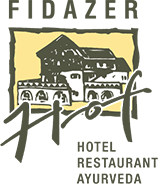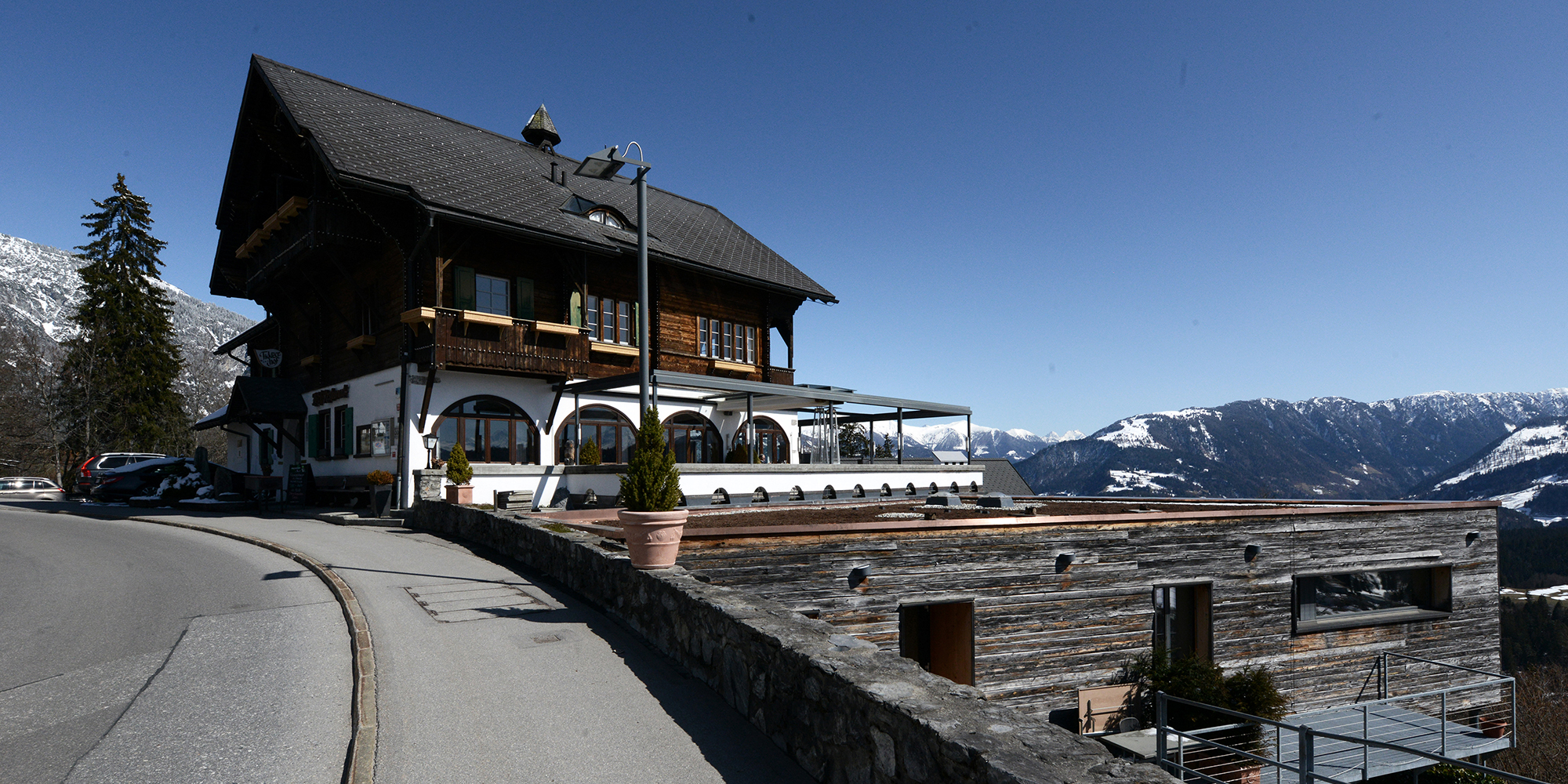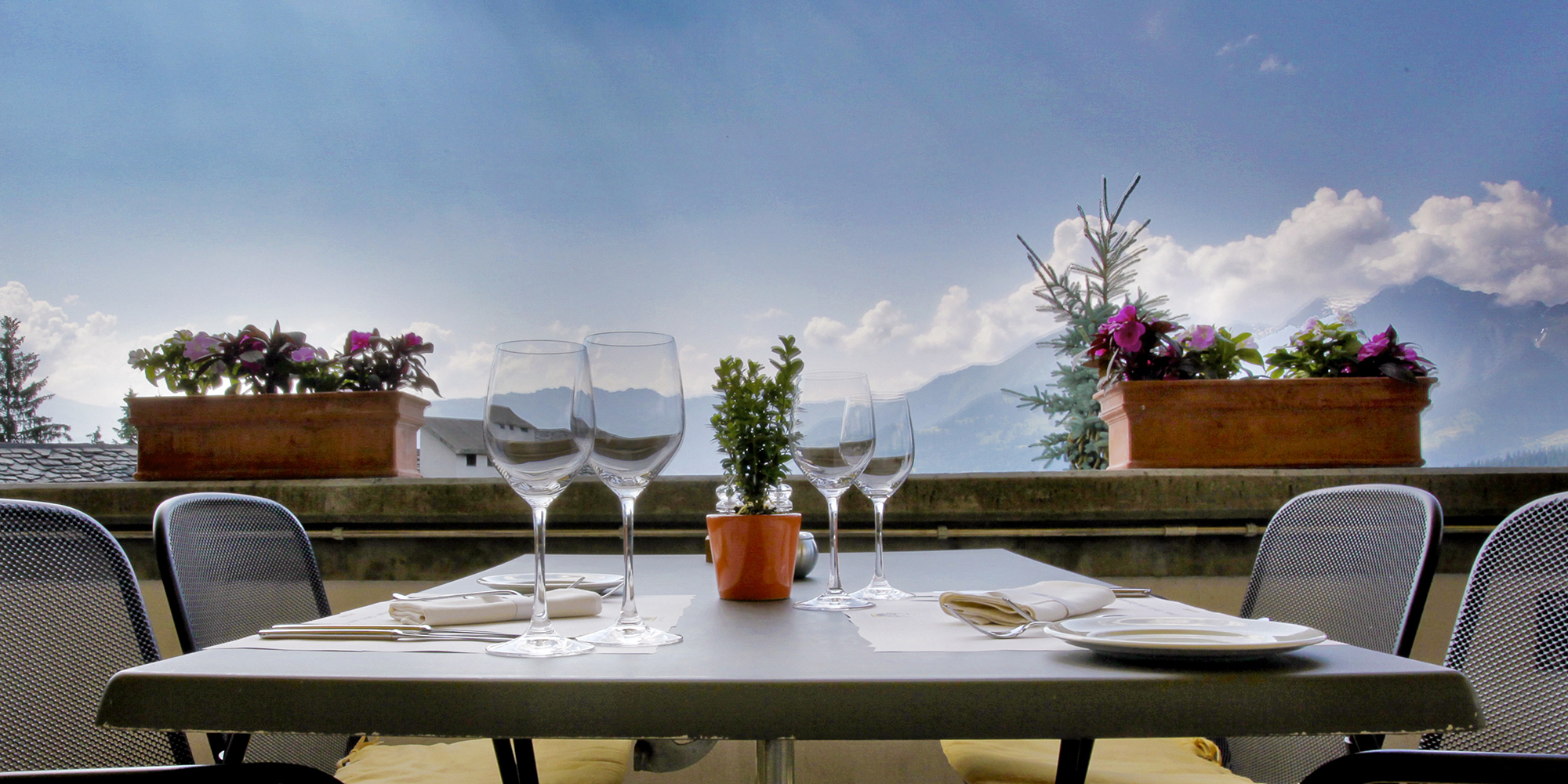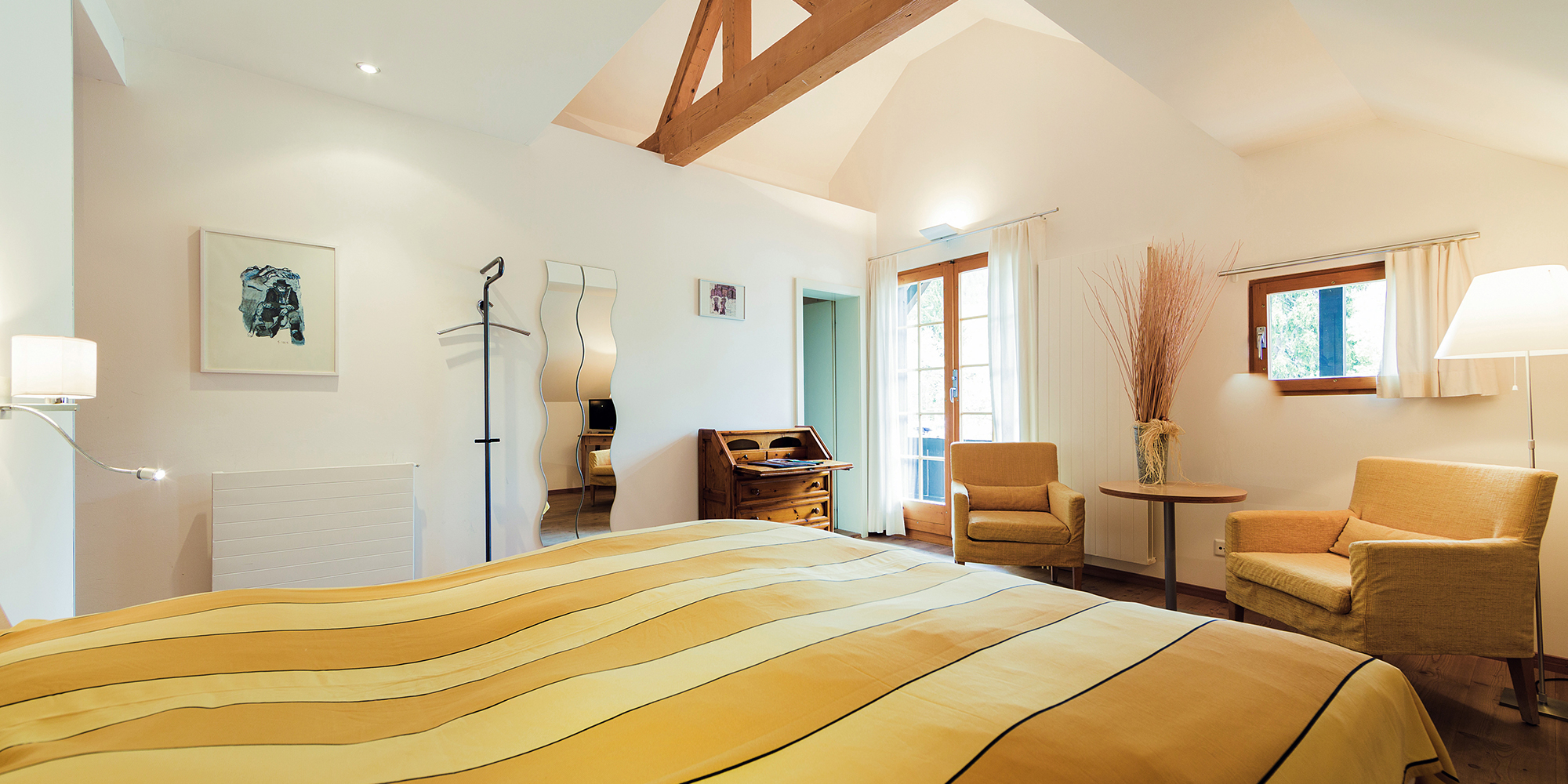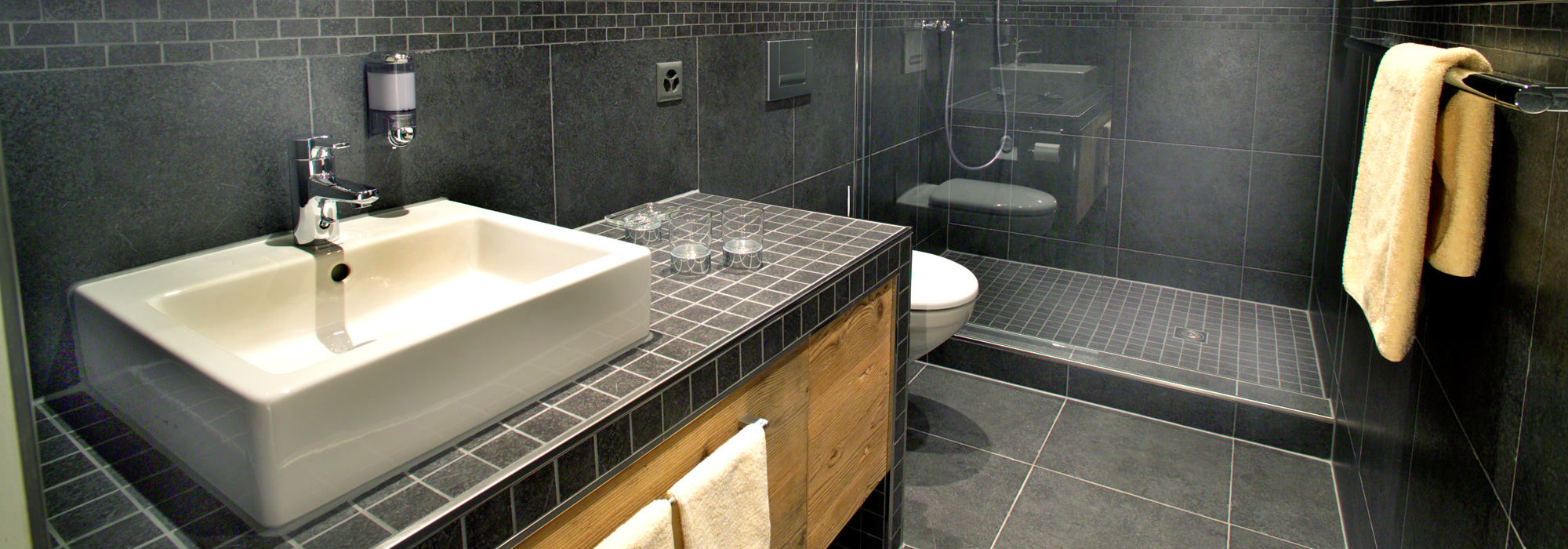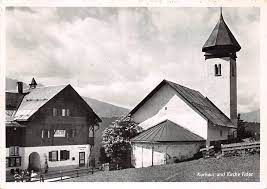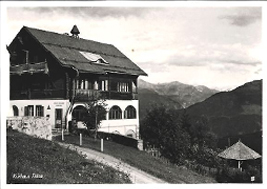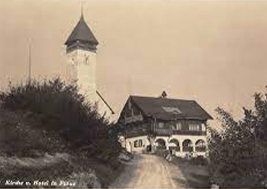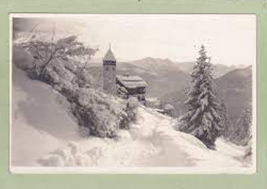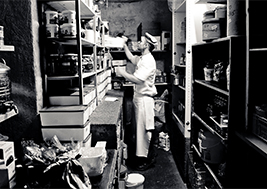FidazerHof-History
The former “Kurhaus Fidaz” is located in a landscape that was formed around 15,000 years ago by the massive Flims landslide. The Rhine glacier, which was around 200 metres thick here, was retreating. The masses of rock between Piz Grisch and Flimserstein therefore lost their grip and fell over a length of 16 kilometres into the Vorderrheintal valley, covering it with a layer of rock around 500 metres high. To this day, the Rhine has carved out a deep channel, creating the unique “Ruin aulta”, the Rhine Gorge.
The Flims-Laax-Falera region developed on the terrace of this gorge. The oldest documents date back to the year 765. The neighbouring settlement of Fidaz developed on the sunny slope above the village of Flims. It was inhabited by Walsers in the late Middle Ages. During the Napoleonic Wars, many troops passed through the valley at the end of the 18th century. This brought poverty, misery and sickness to the population until well into the 19th century.
The “Luft Molken- und Seebadanstalt Waldhaus” was founded in 1875. In 1877, the “Kurhaus”, today’s Parkhotels Waldhaus, was opened. The spa resort of Flims was born. Guests flocked here because the climate quickly became known as particularly healing and beneficial. The development continued at a rapid pace: hotels literally shot up from the ground, in 1890 light was generated by the resort’s own power station, in 1901 there was a telephone in Flims, in 1904 the Flims Spa and Tourist Association was founded and in 1905 a casino was opened. The picture on the left is from 1912.
After the Second World War, the first detachable chairlift was built. In the absence of cement and iron, the masts were made of larch wood. The railway ran from Flims to Foppa. It laid the foundation for further railway construction. The Foppa – Naraus section was opened on 9 February 1947. Flims was now well equipped for year-round tourism. In 1970, for the first time, higher tourism figures were achieved in winter than in summer.
(Source: 50 years of Flims mountain railways, by Heinz Baumberger)
